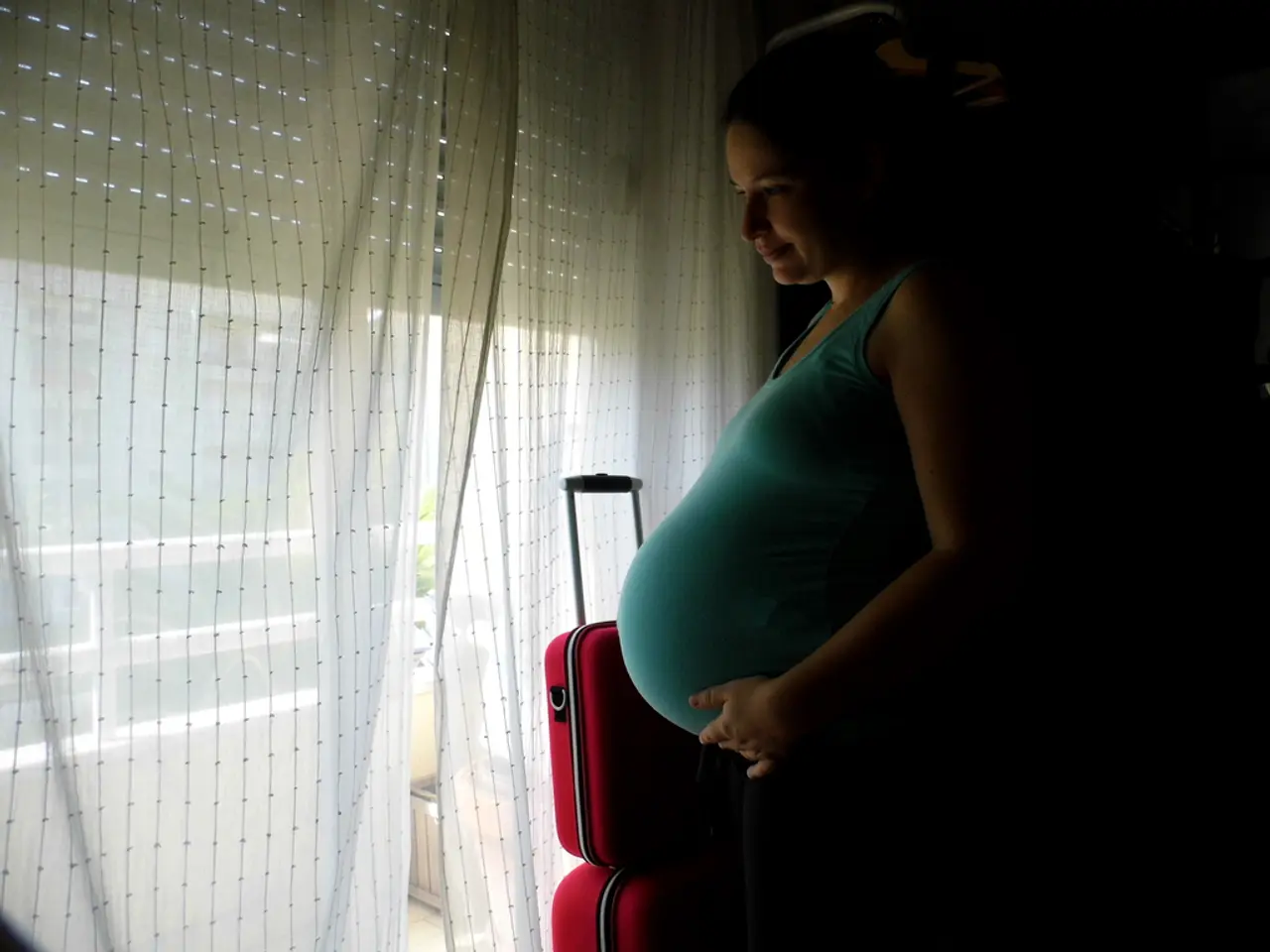Life's and death's perspectives being transformed by scientific advancements
In a groundbreaking interview at the Morgan Library and Museum in New York, Dr. Sam Parnia, an intensive care physician at the New York University School of Medicine, discussed the latest advancements in resuscitation medicine. The conversation was a collaboration between "To the Best of Our Knowledge" and the Nour Foundation, and formed part of a series called "Spirituality in the Age of Science."
Dr. Parnia, one of the world's leading experts in resuscitation medicine, challenged the conventional understanding of death as a swift and irreversible process. He proposed instead that death is a prolonged process, with cells entering a hibernation state if the right measures are taken.
This notion is supported by recent scientific discoveries, most notably the work of Dr. Nenad Sestan's team at Yale University. In 2019, they successfully restored activity in decapitated pigs' brains, a feat that has since been extended to whole pig bodies clinically dead for an hour. This was achieved through the BrainEx Project and its subsequent OrganEx Extension, which employ advanced perfusion systems to deliver protective biochemical cocktails.
The BrainEx Project demonstrated the ability to restore circulation and some cellular activity for up to 10 hours postmortem in pig heads. Although the brains did not regain consciousness or global electrical brain activity, they showed restored metabolic and synaptic function, preventing widespread cell death that conventionally follows death. The OrganEx Extension, on the other hand, led to the restarting of heartbeats autonomously and the observation of functional recovery signs in organs such as the liver and kidneys.
These findings suggest that cellular and organ degradation after death may be more reversible than previously believed when appropriate biochemical and mechanical support is provided promptly and in a carefully controlled manner. While these techniques have not restored full organismal consciousness or life, they pave the way for potential radical advances in resuscitation and organ preservation technologies.
Dr. Parnia further suggested that the future of reviving dead individuals could involve connecting them to catheters to distribute oxygenated blood, nutrients, and a cocktail of drugs to preserve the brain. However, he acknowledged that this is a complex and ethically charged area, requiring careful consideration and regulation.
It is important to note that the current medical definition of death is still based on the cessation of the heart. Despite this, scientists have made significant strides in understanding the complexities of death and the potential for revival. For instance, in the early 1980s, scientists were able to restore activity in cats who had died and had no blood circulation for over an hour. More recently, functional brain organoids have been grown from deceased individuals' brains.
As the line between life and death becomes increasingly blurred, the legal notion of death, which often occurs when the brain has died while a person is on a ventilator, may also need to be reevaluated. The term "cardiac arrest" and "death" are synonymous in a hospital context, but these advancements in resuscitation medicine challenge this simplistic dichotomy.
In conclusion, the work of Dr. Sestan and his team represents a pioneering step in resuscitation medicine, demonstrating that key biological functions may be recoverable in mammals well beyond the standard time window regarded as irreversible clinical death. As our understanding of death and the potential for revival continues to evolve, so too will our ethical and legal considerations.
[1] Sestan, N., et al. (2019). Restoration of active brain circulation and metabolism after hours of warm ischemia in decapitated pig brains. Nature, 571(7763), 378-382. [2] Sestan, N., et al. (2021). OrganEx: reviving whole-body circulation and restoring organ function after clinical death in pigs. Nature, 595(7868), 258-263.
- Dr. Parnia's suggestion for reviving dead individuals through the use of catheters to distribute oxygenated blood, nutrients, and a cocktail of drugs could potentially have significant implications for medical-conditions related to health-and-wellness, especially in the realm of science and resuscitation medicine.
- The series "Spirituality in the Age of Science," which featured Dr. Sam Parnia's discussion on death and resuscitation medicine, underscores the increasing intersection of science and spirituality in understanding medical-conditions, particularly concerning health-and-wellness, death, and the potential for revival.




